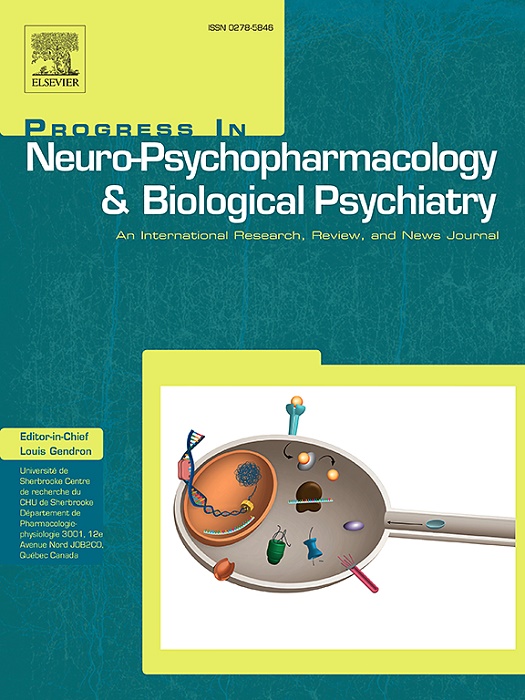将COM-B模型整合到行为神经科学:一个理解动物行为的框架。
IF 5.3
2区 医学
Q1 CLINICAL NEUROLOGY
Progress in Neuro-Psychopharmacology & Biological Psychiatry
Pub Date : 2025-04-02
DOI:10.1016/j.pnpbp.2025.111346
引用次数: 0
摘要
鉴于动物行为调节的复杂性,本文提出了一种基于COM-B(能力、机会、动机-行为)框架的理论模型,该模型在人类行为干预领域获得了相当大的吸引力。当将COM-B模型扩展到行为神经科学时,我们首先讨论了该模型在动物研究中的效用,特别是其整合环境和社会因素的能力,以及增强跨物种比较的能力,包括动物到人类的翻译和进化考虑。随后的讨论总结了在神经科学中使用COM-B模型的优势,包括促进对行为的系统级理解,以及在神经机制和特定行为成分之间建立联系。提出了将COM-B模型应用于神经科学的实验设计,以阐明控制行为的大脑调节过程。最后,提供了三个具体的例子来说明理论考虑,即喂养和社会行为,以及神经调节剂在行为控制中的作用。本文章由计算机程序翻译,如有差异,请以英文原文为准。
Integrating the COM-B model into behavioral neuroscience: A framework for understanding animal behavior
In light of the intricate nature of animal behavior regulation, a theoretical model is proposed, grounded in the COM-B (Capability, Opportunity, Motivation – Behavior) framework, which has gained considerable traction in the domain of human behavioral intervention. When extending the COM-B model to behavioral neuroscience, we first discuss the utility of the model in animal research, particularly its capacity to integrate environmental and social factors, and enhance cross-species comparisons, including animal-to-human translations and evolutionary considerations. The subsequent discussion then summarizes the advantages of utilizing the COM-B model in neuroscience are summarized, including the facilitation of a systems-level understanding of behavior and the establishment of a link between neural mechanisms and specific behavioral components. The experimental design for the application of the COM-B model in neuroscience is proposed to elucidate the brain regulatory processes that govern behavior. Finally, three specific examples are provided to illustrate the theoretical considerations, namely feeding and social behavior, and the role of neuromodulators in the control of behavior.
求助全文
通过发布文献求助,成功后即可免费获取论文全文。
去求助
来源期刊
CiteScore
12.00
自引率
1.80%
发文量
153
审稿时长
56 days
期刊介绍:
Progress in Neuro-Psychopharmacology & Biological Psychiatry is an international and multidisciplinary journal which aims to ensure the rapid publication of authoritative reviews and research papers dealing with experimental and clinical aspects of neuro-psychopharmacology and biological psychiatry. Issues of the journal are regularly devoted wholly in or in part to a topical subject.
Progress in Neuro-Psychopharmacology & Biological Psychiatry does not publish work on the actions of biological extracts unless the pharmacological active molecular substrate and/or specific receptor binding properties of the extract compounds are elucidated.

 求助内容:
求助内容: 应助结果提醒方式:
应助结果提醒方式:


